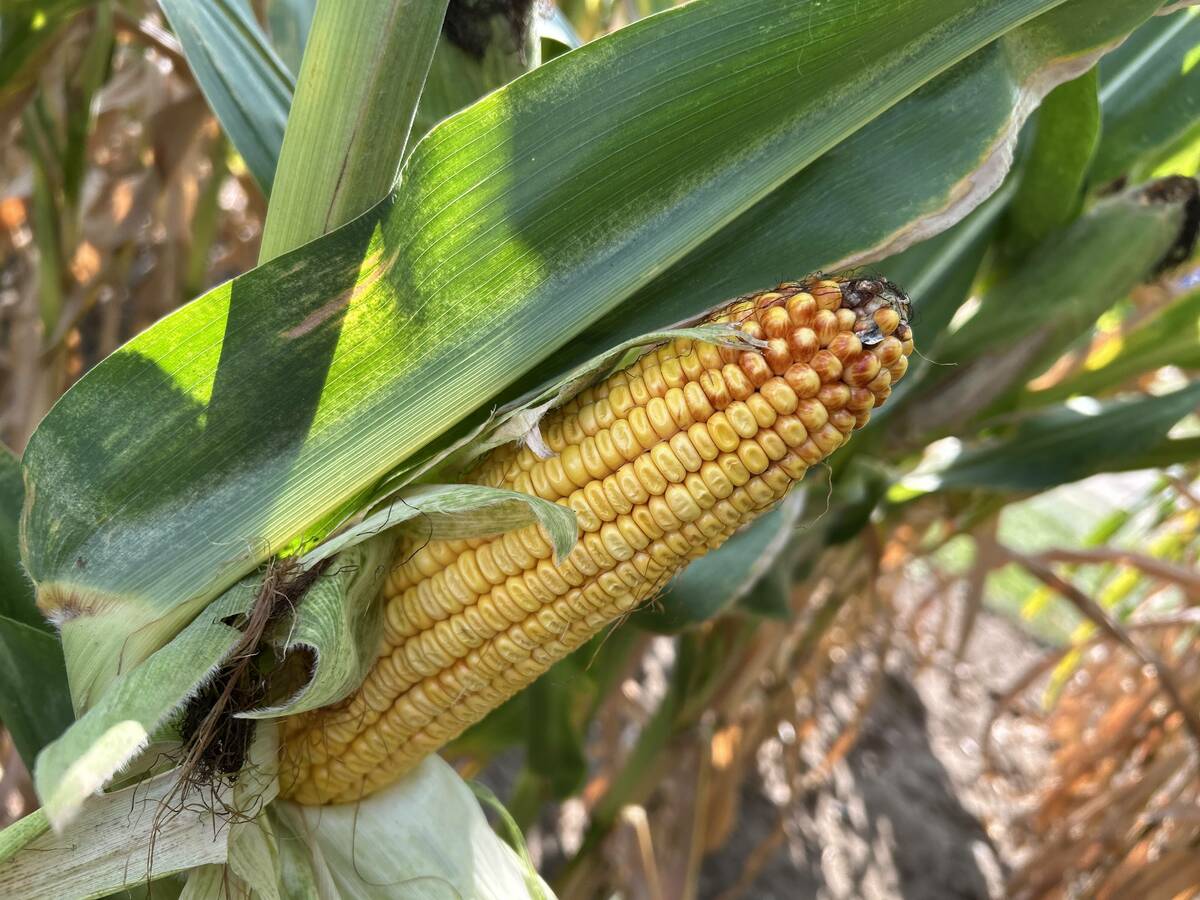Some thought producers would choose to plant more pulses because of the recent sharp increase in fertilizer prices
There was plenty of speculation leading up to Statistics Canada’s Principal Field Crop Areas report that farmers would plant more pulses due to sky-high fertilizer prices.
But that wasn’t the case for one of the major pulse crops grown in Western Canada.
Growers indicated they intend to plant 3.55 million acres of peas, a seven percent decline from last year and 12 percent below the five-year average.
The trade was forecasting 3.96 million acres, with some predicting as much as 4.3 million acres.
The drop in planting intentions proved a head-scratcher for some analysts.
Read Also

Crop estimates show mixed results
Model-based estimates used by Statistics Canada showed the 2025/26 crop year has seen increases in canola, corn for grain, oats and lentils production while seeing dips in spring wheat, durum wheat, soybeans and barley in comparison to 2024/25.
“With great pea prices, easy movement and expensive fertilizer, this decline doesn’t seem to make sense,” Wild Oats Grain Market Advisory analyst John Duvenaud wrote in a recent edition of his newsletter.
MarketsFarm analyst Bruce Burnett was also taken aback.
“I too am surprised it was down as much as it was,” he said.
“It’s hard to explain.”
So why weren’t growers eager to scrimp on fertilizer costs by planting nitrogen-fixing pulses?
The answer could be contained in a recent quarterly financial presentation by Yara International.
Thor Giaever, Yara’s chief financial officer, provided an example of the economics facing a typical wheat grower.
He showed that the price for the company’s nitrogen fertilizer is 2.4 times the level it was last year, which eclipses the 1.7 times increase in the value of their wheat.
But that scenario still results in estimated wheat revenues over and above nitrogen costs that are 1.5 times the level they were last year, assuming a 10 percent drop in the optimal application rate of fertilizers.
“The economic incentive to plant and apply (fertilizer) is clearly stronger,” said Giaever.
That may explain why Canadian growers opted to bump up their wheat acres by seven percent, while reducing their pea acres by the same proportion.
But Burnett said if that were the case there would have been an increase in canola acres because that is another crop that benefits greatly from nitrogen fertilizer.
However, growers indicated they were going to decrease canola plantings by seven percent.
He thinks farmers were likely more motivated by the lingering drought conditions on the Prairies, and wheat performed better than peas under those stressful conditions last year.
“I don’t know if fertilizer prices entered into the equation,” said Burnett.
Yara said prices have factored into how much fertilizer farmers intend to apply to their crops in certain regions of the world.
The company’s total crop nutrition deliveries were down 11 percent in the first quarter of 2022 compared to a year ago.
“The drop in volume is mainly in Europe, where total deliveries are down 24 percent overall, albeit from a relatively strong first quarter last year,” said company chief executive officer Svein Tore Holsether.
That compares to a three percent decline in the Americas and a three percent increase in Asia and Africa.
Nitrogen, phosphorous and potash volumes are down 36 percent in Europe due to high market prices of the ingredients, he said. Farmers are mainly cutting back on phosphate and potash.
















